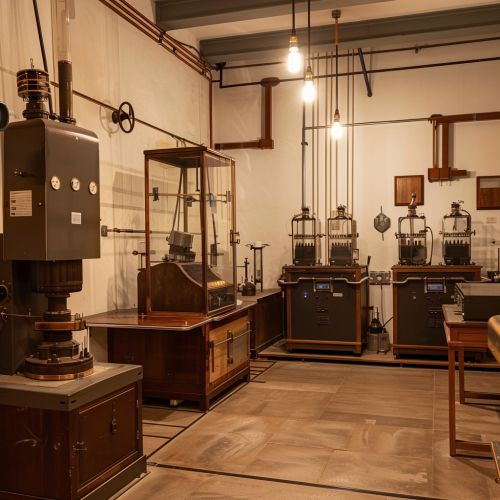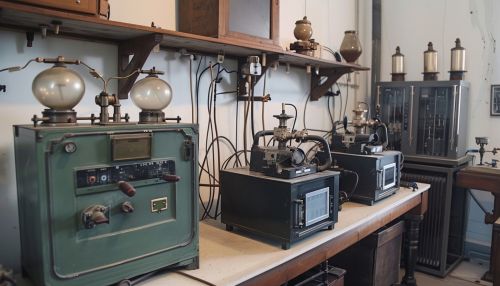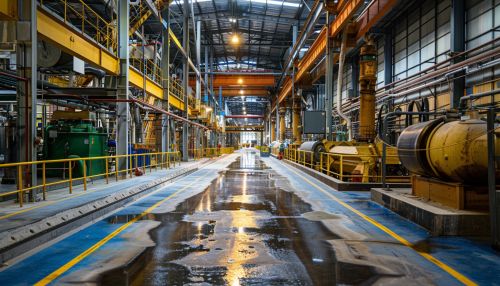Electrometallurgy
Introduction
Electrometallurgy is a specialized field of metallurgical science that involves the use of electrical energy to extract, refine, or manipulate metals. This field is a crucial component of modern industrial processes, enabling the production of a wide variety of metallic materials with unique properties.
History
The history of electrometallurgy can be traced back to the 19th century, with the first successful experiments in electroplating and electrowinning. These early experiments laid the groundwork for the development of more advanced electrometallurgical processes, such as electrorefining and electroslag remelting.


Principles
The principles of electrometallurgy are based on the fundamental concepts of electrochemistry. In essence, electrometallurgy involves the use of electric current to drive chemical reactions that would not otherwise occur spontaneously.
Processes
There are several key processes in electrometallurgy, each with its own unique applications and challenges. These include electrorefining, electrowinning, electroplating, and electroforming.
Electrorefining
Electrorefining is a process used to purify a metal. It involves the use of an electrolytic cell, where the impure metal acts as the anode and the pure metal acts as the cathode.
Electrowinning
Electrowinning is a process used to extract metals from a solution, typically a leach solution. It is often used in conjunction with leaching to recover metals from low-grade ores.
Electroplating
Electroplating is a process used to deposit a layer of metal onto a surface. This is commonly used for decorative purposes, to provide corrosion resistance, or to reduce friction.
Electroforming
Electroforming is a process used to create metal parts by electrodepositing metal onto a model or pattern. This process is often used in the production of complex metal parts that would be difficult to produce using traditional manufacturing methods.
Applications
Electrometallurgy has a wide range of applications in various industries. In the mining industry, it is used to extract and refine metals from ores. In the manufacturing industry, it is used to produce metal parts with precise dimensions and properties. In the electronics industry, it is used to produce high-purity metals for use in electronic components.


Challenges and Future Directions
Despite its many advantages, electrometallurgy also faces several challenges. These include the high energy consumption of electrometallurgical processes, the environmental impact of waste products, and the need for continuous innovation to keep up with evolving industrial requirements.
